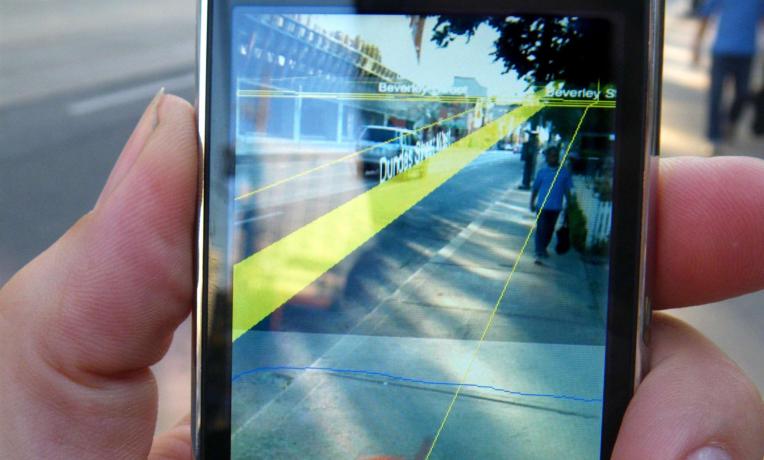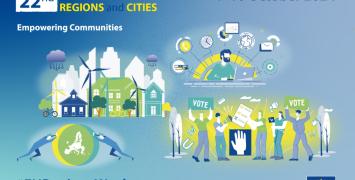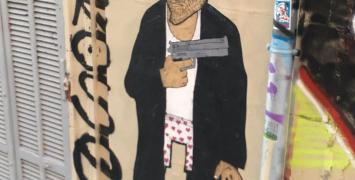Is digital mapping the new media?
Over the past months, a sudden influx of ‘Pokémon Go’ players could be observed across the globe. Youngsters, people of all ages scrutinise their surroundings silently, using their smartphones to catch those digital creatures with unlikely names. How could such a phenomenon take over the world so fast? Part of the answer may be the game’s strong interaction with the real-world and its impressive mapping, offering a whole new virtual experience of spaces that seem to be familiar and yet so different.

Based at the University of Warwick (UK), Sybille Lammes’ ERC-funded research focuses on digital mapping practices - including those related to play. She sees them as new media cultures that influence and alter our way of being and moving through spatial environments. She is also the first to combine New Media Studies, Science and Technology Studies and Human Geography and thereby to tackle an original and mostly unexplored research field.
“Digital maps can be simultaneously understood as new media, technologies and cartographies” explains Lammes, nourishing the conception of new media as “material cultures” that are physically embedded in daily life and technologies.
A new culture
Digital cartographies have changed the century-old conception of maps, traditionally perceived as something tangible representing a space. In the numerical world, on the other hand, we constantly interact with navigation and geolocation gadgets that are built in most applications and devices.
The maps of today are versatile real-time maps. Connected to online technologies – such as traffic sensors and GPS – they keep transforming before our eyes. Current navigation systems propose new routes when we miss a turn and adapt their suggestions to the way we play with them. We look for restaurants and shops through digital maps and some even date with the help of geolocation apps. Such daily tools influence our behaviour and thinking, the way we sense space and relate to it:
“The ambition of “Charting the Digital” is to define what digital mapping is about and what it culturally entails, and to explore, as a new techno-cultural phenomenon, its impact on our spatial relations”, says Lammes.
With her team, she has undertaken an extensive critical comparison of digital mapping practices, also in relation to traditional cartography and other related media forms. The research also encompasses the analysis of mapping interfaces, which act as technological mediators and induce users’ specific behaviour.
Sybille Lammes: “Our own research team members have become part of the study, by “going native”, i.e. becoming engaged and interacting with the material they study. They keep a journal about their experiences with the mapping interface and how they become acquainted with it”.
Digital mapping for playful learning
On the commercial side, Lammes’ team noted that highly successful and profitable digital mapping applications make use of a combination of gamification, connectivity and interactivity in their design. On this basis, they have developed a prototype of a location-based game: a mobile app named ‘Playfields’ that can be used to teach fieldwork to university students in a ‘hands on’ entertaining way.






